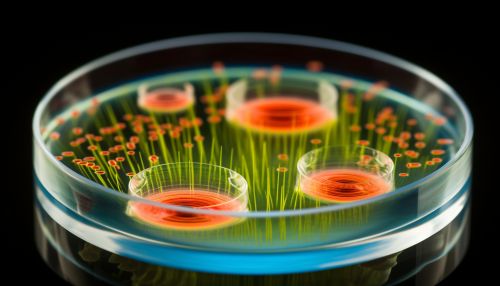Synthetic Biology in Bioremediation
Introduction
Synthetic biology is an interdisciplinary field that involves the application of engineering principles to biology. It aims at the design and construction of new biological parts, devices, and systems, as well as the re-design of existing, natural biological systems for useful purposes. One of the promising applications of synthetic biology is in the field of bioremediation, a process used to treat contaminated media, including water, soil and subsurface material, by altering environmental conditions to stimulate growth of microorganisms and degrade the target pollutants.
Synthetic Biology and Bioremediation
The application of synthetic biology in bioremediation involves the use of genetically engineered organisms to break down or remove pollutants from the environment. These organisms, often bacteria or fungi, are designed to have enhanced abilities to metabolize pollutants, or to express enzymes that can break down pollutants into less harmful substances. This approach can be used to address a wide range of environmental contaminants, including heavy metals, pesticides, petroleum hydrocarbons, and other organic compounds.


Designing Organisms for Bioremediation
The design of organisms for bioremediation involves several steps. First, the target pollutant must be identified, and the metabolic pathways involved in its degradation must be understood. This can involve research into natural organisms that are capable of degrading the pollutant, or the use of bioinformatics tools to identify potential metabolic pathways.
Next, the necessary genes for the degradation pathway are identified and isolated. These genes can be sourced from existing organisms, or they can be synthesized in the lab. The genes are then inserted into the genome of the host organism, using techniques such as genetic engineering or CRISPR-Cas9.
Once the engineered organism has been created, it must be tested to ensure that it is capable of degrading the target pollutant, and that it is safe to release into the environment. This can involve lab-based tests, as well as field trials.
Challenges in Synthetic Biology for Bioremediation
While synthetic biology holds great promise for bioremediation, there are also significant challenges that must be overcome. One of the main challenges is ensuring the safety and containment of genetically engineered organisms. There are concerns about the potential for these organisms to spread in the environment, or to transfer their engineered genes to other organisms.
Another challenge is the complexity of environmental systems. Unlike in a lab, where conditions can be controlled, in the environment there are many factors that can influence the success of bioremediation. These include the presence of other pollutants, variations in temperature and pH, and competition with other organisms.
Finally, there are also regulatory and public perception challenges. The use of genetically engineered organisms in the environment is a controversial issue, and there are strict regulations governing their use. Gaining public acceptance for these technologies is also a significant challenge.
Future Directions
Despite these challenges, the field of synthetic biology for bioremediation is rapidly advancing. New techniques are being developed to improve the safety and effectiveness of engineered organisms. For example, researchers are working on methods to control the growth of engineered organisms in the environment, and to ensure that they can only survive in the presence of the target pollutant.
In addition, advances in bioinformatics and genome sequencing are making it easier to identify and design organisms for bioremediation. As our understanding of microbial metabolism and ecology continues to grow, so too will our ability to harness these organisms for environmental cleanup.
